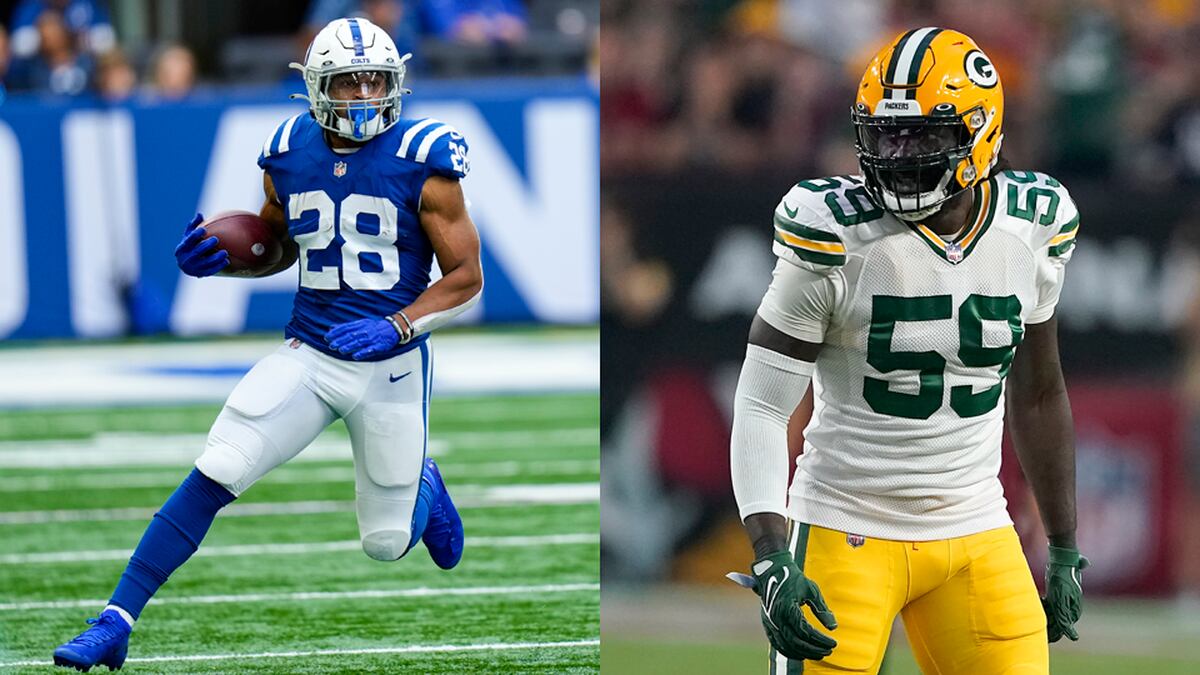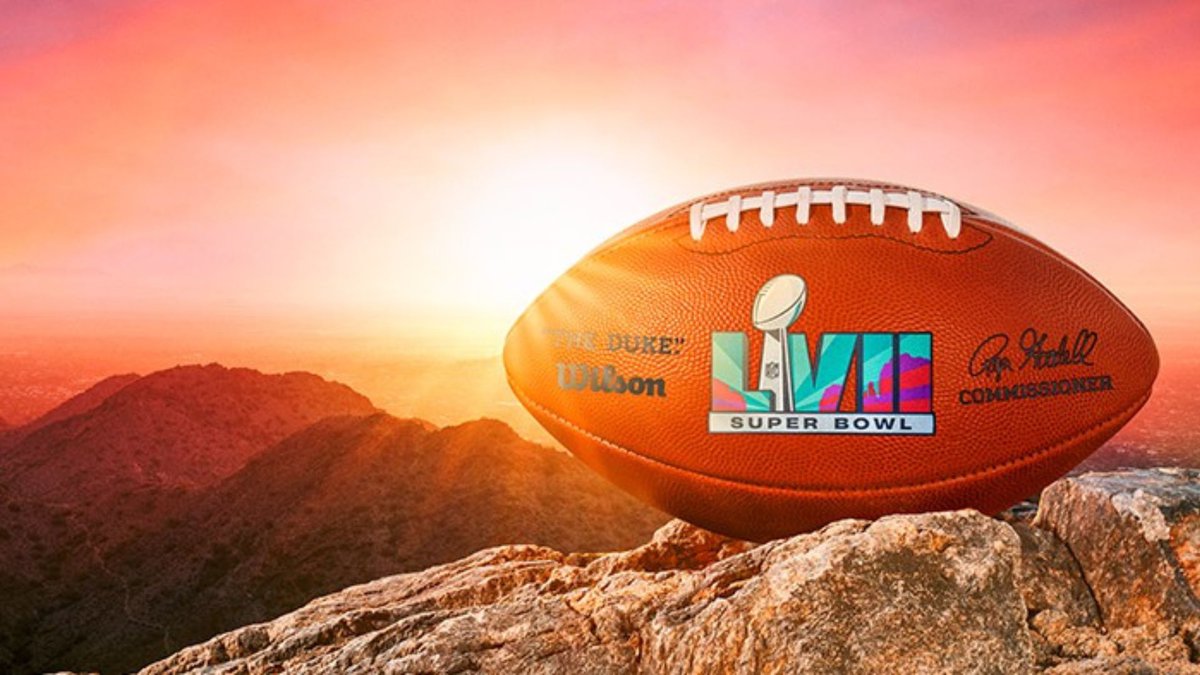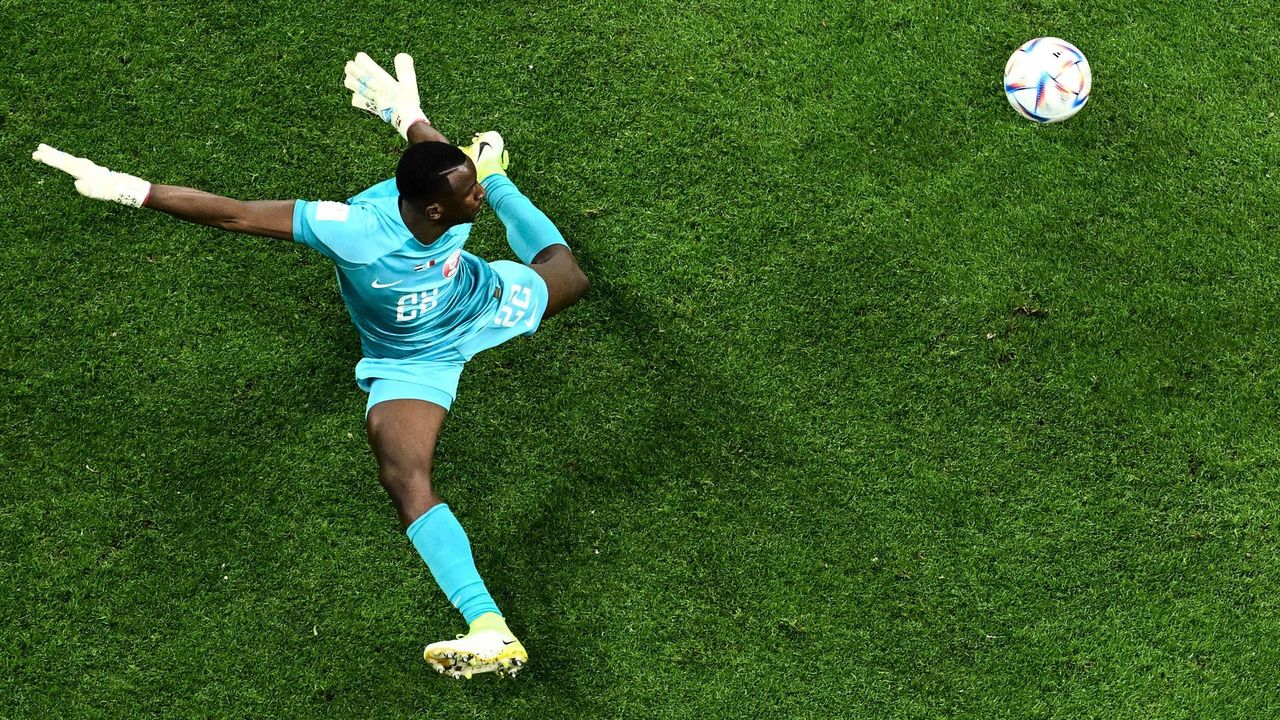.American football is a complex and exciting sport with many different positions and roles. Each position has its own unique set of responsibilities and challenges, and all of the positions work together to achieve the common goal of scoring points and winning the game. In this blog post, we will take a look at some of the key positions and roles in American football and discuss their importance to the game.

The Offensive Unit
The offensive unit, the orchestrators of scoring drives, is responsible for moving the ball downfield and ultimately crossing the opponent’s end zone for points. This intricate ballet of specialized roles requires precision, timing, and a deep understanding of offensive strategies.
Quarterback (QB)
The quarterback, the maestro of the offense, serves as the field general, calling plays and executing them with poise and precision. Armed with a strong arm, quick decision-making skills, and an understanding of defensive schemes, the quarterback orchestrates the offense’s attack, distributing the ball to his teammates to create scoring opportunities.
Running Back (RB)
The running back, a ball carrier with a combination of power and agility, serves as the engine of the ground attack. Their primary responsibility is to gain yards by rushing through the defense, wearing down their opponents and creating opportunities for passing plays.
Wide Receiver (WR)
Wide receivers, the primary targets of the quarterback’s passes, are the aerial threats of the offense. Their speed, agility, and ability to make contested catches make them crucial components of the passing game. They stretch the field, creating space for other receivers and opening up opportunities for big plays.
Offensive Linemen
The offensive linemen, the unsung heroes of the offense, form the protective wall that shields the quarterback and creates running lanes for the running back. Their size, strength, and teamwork are essential for the offense to function effectively.
The Defensive Unit
The defensive unit, the guardians of their own end zone, is tasked with preventing the offense from scoring. Their primary responsibility is to stop the opposing team’s ball progression and force turnovers.
Defensive Linemen (DL)
Defensive linemen, positioned on the line of scrimmage opposite the offensive line, are tasked with disrupting the offense at the source. Their primary responsibility is to penetrate the offensive line, pressure the quarterback, and stop the running game.
Linebackers (LB)
Linebackers, the versatile defenders stationed behind the defensive line, act as the stewards of the middle of the field. Their responsibilities span from stopping the running game to covering passing receivers, making them crucial to the defense’s overall success.
Cornerbacks (CB)
Cornerbacks, the primary defenders assigned to cover opposing wide receivers, are tasked with preventing long passing plays. Their speed, agility, and ability to read the quarterback’s intentions are essential for defending against the deep pass.
Punter
The punter, tasked with pinning the opposing team deep in their own territory, controls field position. Their ability to execute long, directional punts can significantly hinder the opposing offense’s scoring potential.
Conclusion
American football, a sport of immense complexity and strategic depth, showcases a symphony of specialized skills and roles. Each position plays a vital part in shaping the game’s narrative. This creates a captivating spectacle that draws millions of fans worldwide.
The game’s allure lies not only in its athleticism and strategy . But also in the collective effort, the shared purpose that binds these individuals together. It is a testament to the power of teamwork. Also the ability of diverse talents to coalesce into a cohesive unit, striving for a common goal. The key positions and roles in American football serve as a reminder that success in any endeavor is rarely achieved in isolation.




